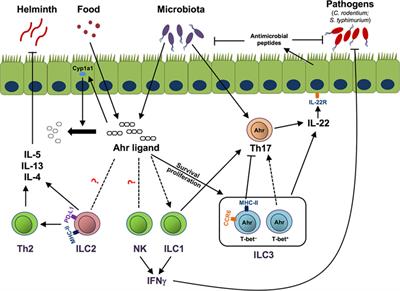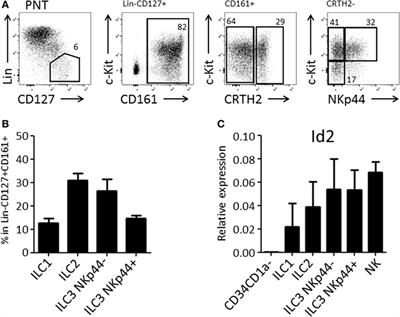REVIEW
Published on 30 Apr 2018
Group 2 Innate Lymphoid Cells in Pulmonary Immunity and Tissue Homeostasis

doi 10.3389/fimmu.2018.00840
- 17,477 views
- 83 citations
32k
Total downloads
118k
Total views and downloads
You will be redirected to our submission process.
REVIEW
Published on 30 Apr 2018

REVIEW
Published on 07 Feb 2018

REVIEW
Published on 05 Jan 2018

PERSPECTIVE
Published on 07 Dec 2017

REVIEW
Published on 16 Nov 2017

MINI REVIEW
Published on 14 Nov 2017

REVIEW
Published on 13 Nov 2017

REVIEW
Published on 30 Oct 2017

REVIEW
Published on 16 Oct 2017

REVIEW
Published on 13 Oct 2017

ORIGINAL RESEARCH
Published on 31 Aug 2017

